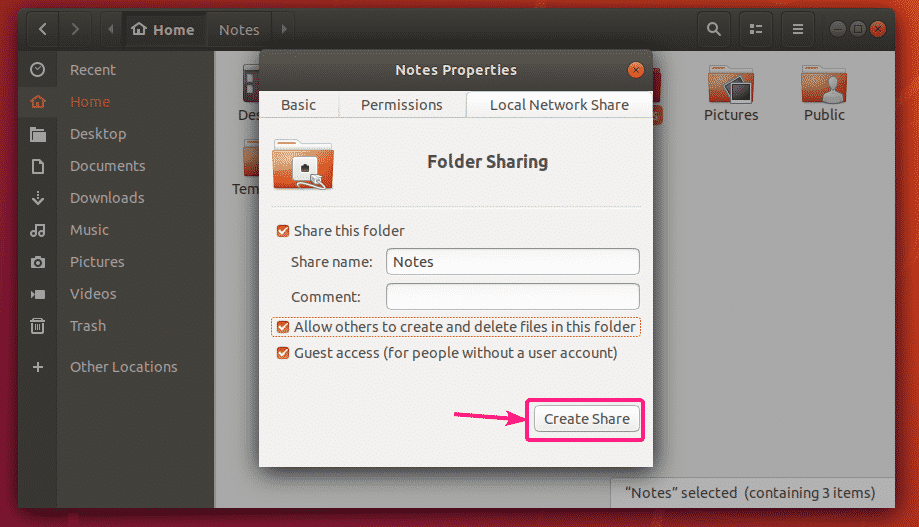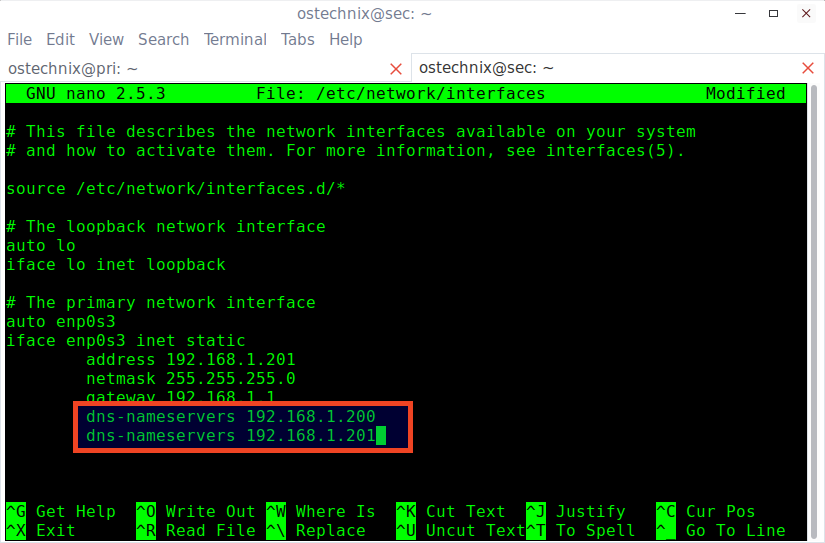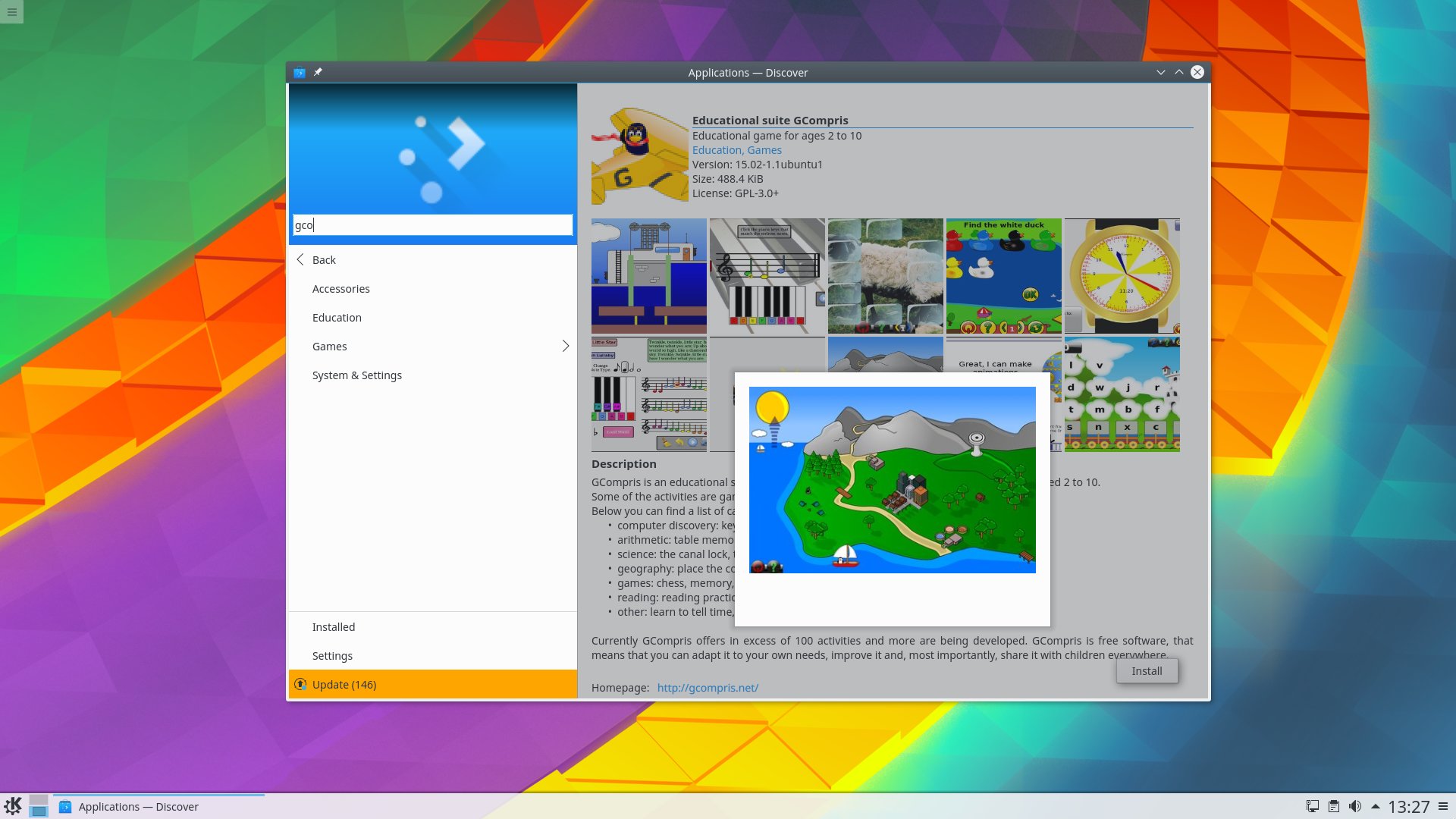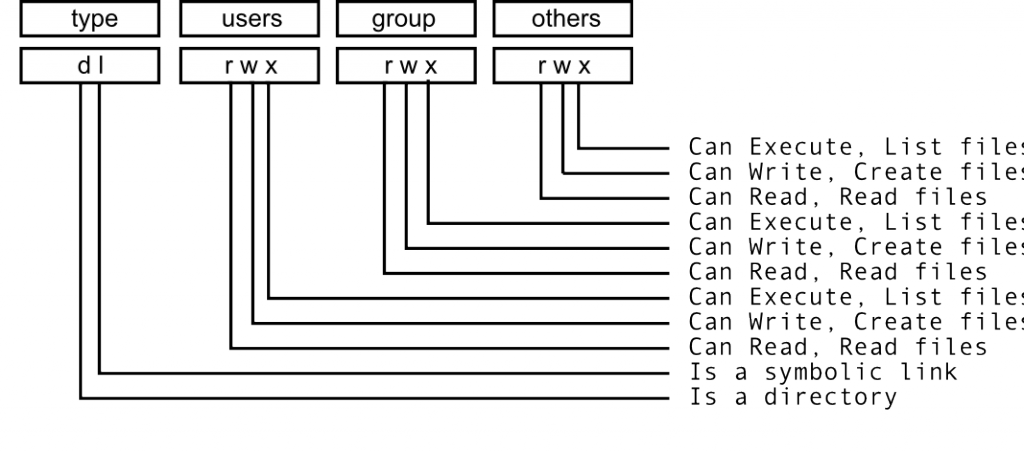To sum up, on this complete guide, we mentioned how Linux assigns Read/write/execute/change permissions to its documents to accumulate a safe file sharing system within the network. We mentioned learn how to record the file permissions and understood the format during which they're assigned. We mentioned two alternative techniques by method of which we will change permissions in Linux for any file or listing employing the chown command - symbolic and numerical methods.
Finally, we additionally mentioned how we will change the possession of data in Linux working programs utilizing the chmod command. To do possible change the permissions of the file to 700. Ubuntu, like different Linux distributions, restricts entry to data and system settings by default.
Each consumer account has examine and write entry to its personal data and skim entry to some system files. Other consumer accounts can't view an additional consumer account's files. You may give file or folder permissions to all customers utilizing the "chmod" command. Before we attempt to set or manipulate the file possession in Linux working system, it's critical to know the essential concept. Predominantly, there are three classes of customers in Linux that could entry a listing or a file - consumer who created the file, members of the group to which the file belongs, and others.
When a consumer creates a file in Linux, he turns into the proprietor of that file and by default, a gaggle with the identical identify because the proprietor is assigned to the file. The proprietor or the basis consumer can change the default proprietor or group of the file applying the chown command in Linux. We will stroll you thru it on the top of this article. But let's first recognize the file permissions in Linux.
Linux is usually a multi-user OS/platform that permits a number of customers to work together and use the identical Linux system simultaneously. Unless you're accustomed to the linux command-line, establishing file permissions may be tedious and difficult. Add a migration into the combination and it turns into very straightforward to have a Files listing that isn't writable by the web-server. These errors that show up attributable to inadequate permission may be dealt with by setting the ideal file permissions. Linux is managed by ownership, attributes, and file permissions. These file permissions be certain that solely approved customers can entry documents and directories.
You can change permissions of documents utilizing numeric or symbolic mode with the chmod command. Use the chmod command with the R choice to work on all directories and documents beneath a given directory. The chmod command lets you change the permissions on a file. You have to be superuser or the proprietor of a file or listing to vary its permissions.Changing File Permissions. Octal Value File Permissions Set Permissions Description 2 -w- Write permission solely three -wx Write and execute permissions four r– Read permission only.
Setting 777 permissions to a file or listing signifies that it'll be readable, writable and executable by all customers and should pose a tremendous safety risk. File possession might be modified utilizing the chown command and permissions with the chmod command. We want to give you some additional guidance and recommendations on chmod. Firstly, so as to record directories and subdirectories, just bear in mind to keep in mind that you simply just want examine permissions. Secondly, all data in a listing or folder might be set to writeable with chmod -R 775 .
And lastly, with the discover command, you'll be able to apply permissions independently to documents and directories. If your permissions are incorrect for documents and folders in a webroot area of a WordPress website greater than seemingly you'll get a server 500 error. Here is discover out how to repair them by resetting the permissions by way of the command line, principally making use of the proper defaults for a cPanel area or different net server for documents and directories. In these circumstances it's going to be ideal to switch the rights to 644. You could also be tempted to easily use chmod 777 on all of the documents and directories since that assures the Web server can do whatever with the files. However, it's strongly informed that you only don't depart the documents on this state.
It is taken into account a serious safety danger to go away your scripts open to alterations by the Web server in preference to being read-only. We advocate you discuss together with your programmers to set your file permissions properly. While utilizing Linux, you will encounter the error, "permission denied". This error happens when the consumer doesn't have the privileges to make edits to a file. Other users, however, is probably not allowed to make such edits.
Remember that solely root or customers with Sudo privileges can change permissions for records and folders. After you enter the above command, the proprietor can read, write, and execute all records and subdirectories contained in the /etc/myfiles directory. The command additionally provides examine and execute permissions to group and others. So for example, let's say I even have a file named file1 that presently has the permissions set to _rw_rw_rw, which suggests that the owner, group, and all customers have examine and write permission.
Now we wish to dispose of the learn and write permissions from the all customers group. When unzipping recordsdata on Linux desktops continuously determine that group permissions are set to permit read, write, and execute access. The zip file format shops the permissions of the recordsdata and folders as they have been set on the system the place the zip file was created. If these permissions don't enable RWX entry they may maintain different member of your group fro accessing the recordsdata you extract in shared directories.
Chmod helps out loads with the sticky conditions that file permissions can at occasions cause. You can unquestionably take possession of your files and directories when you understand the process for altering permissions. In such an outsized environment, we have to set file permissions and ownership, so solely certain customers can entry our data. This way, we will shield delicate facts and stop undesirable adjustments from happening. So centered upon the necessity for correct permissions, I will go over the methods to assign permissions and present you some examples the place modification might be necessary.
The first consumer account you create while you put in Ubuntu has administrative access, which lets you enter your password and use system programs. You can grant administrative permissions to different consumer accounts from the User Accounts window. Keep studying to discover ways to vary folder and file permissions in Linux with examples in addition to vary account levels.
We may change the possession of the information and directories utilizing the chmod command. Let's see the syntax to set equally the group and the proprietor for the listing or file. Looking to understand what number of operations you will execute with Linux file Permissions or File permissions on Centos/Debian/Ubuntu. This article will enable you with that to understand find out how to make use of read, write change permissions on Linux working programs and this is distributions.
Multi-user systems, comparable to Linux, require establishing and managing file permissions that make yes solely approved customers have entry to recordsdata they're supposed to. In this article, we might talk about ways to set permissions on recordsdata & directories utilizing chmod in Ubuntu distribution. Chmod is a command-line utility, which is used to vary file mode bits. Then, recordsdata and directories are searched by the file command beneath /var/, and located recordsdata and directories are handed to the chmod command to set the permissions. One of one of the most crucial components of any Linux system administrator is establishing right permissions.
Setting up improper permissions can enable hackers to execute malicious code to your server and hurt it. Unless needed, it can be very recommended that different customers are restricted to learn and execute documents in your system. The documents are alleged to have read/write access, having said that once I attempt to edit them, I'm unable to save lots of the change.
Next the owner's permissions are rw- so the proprietor has the power to examine and write however not execute. The group's permissions are set to r--, so the group has the power to examine the file however not write/edit it in any approach — it really is actually like setting some factor to read-only. We can see that the identical permissions apply to anyone else as well. You could take into account that we elaborate on listing permissions and it has nothing to do with the person file permissions. When you create a brand new file it's the listing that changes.
That is why you would like write permission to the directory. In this tutorial, you've discovered ways to make use of chmod and chown instructions to vary permissions and homeowners in Linux. We additionally furnished the essential syntax and a number of other helpful selections that you just may mix with both of those commands. Based on our example, such a consumer can't execute the file, however they're allowed to learn and write. In this tutorial, you'll discover ways to vary permissions and homeowners employing Linux instructions chmod and chown. By doing so, you'll have greater administration in team-based projects.
The University Corporation for Atmospheric Research warns you have to omit the "x" from both command when you don't need the recordsdata to be executable. You'll have to enter your password to proceed with the alterations since Ubuntu requires this to make use of elevated permissions. We need to set appropriate file and folder permissions for our WordPress website. Generally speaking, we wish to guard our recordsdata and folders by limiting entry and setting permission rules. Use chmod -R 755 /opt/lampp/htdocs when you wish to vary permissions of all recordsdata and directories at once.
Use the chmod command together with the discover command so as to recursively set permissions on directories. Chmod recursive enables you to recursively change the permission of a sure file. Directories and data shouldn't have the identical permissions. In order to become directories, you could set execute permissions. Recursively altering the net website file's permissions to 644 and the directory's permissions to 755 is probably the most typical scenario. Except for altering permissions for data and directories, you're additionally capable of switch individual mode flags, like SGID, SUID, and sticky bit mode.
It is current in Unix-like and Linux working methods due to the fact that the 70s. Chmod is a command in Linux and different Unix-like working methods that permits to vary the permissions of a file or directory. This will change the permissions of all folders to 755 and set the file permissions to 644. Of course, if we don't like these new permissions due to the fact that they're too open, or on the contrary, due to the fact that they're too restricted, we will continually change them manually.
The solely factor we'll want is to have entry to the basis consumer to have the ability to execute the chmod command that permits us to switch these rwx permissions. The new Ubuntu 21.04 would be the brand new edition of the working system that may arrive within the spring of this year, particularly on the top of April. This new replace will deliver normal help of 9 months, and, little by little, it should form the subsequent LTS that may attain customers in April 2022. Among all of the adjustments we will discover in Hirsute Hippo , considered one of many ones that caught our consideration essentially the most is that this alteration within the default permissions of this Linux. A change that may make all folders, from now on, way extra private.
Before configuring Docker to simply settle for connections from distant hosts it really is critically vital that you simply perceive the safety implications of opening docker to the network. If steps usually are not taken to safe the connection, it really is feasible for distant non-root customers to realize root entry on the host. For extra facts on tips on how you can make use of TLS certificates to safe this connection, examine this text onhow to guard the Docker daemon socket. Other than Joseph said, you usually are not the primary one, and you'll not be the final one to enter such a command.
But the thought alone, to vary file permissions to 777 on a Unix system, is a robust indication that you simply are not very skilled with this type of system. The most desirable you are able to do on this example is to backup what you'll want once more (home directories, configuration files, mail files?), and check out a refreshing install. You can change all the information and directories with the Linux chmod command. This is since sudo lets you preserve the system context. He can list, create information and rename, delete any file in Documents, notwithstanding file permissions.
His capacity to entry a file will rely on the file's permission. Here, we test to set the file permissions in Linux applying the equal symbol. Please word that it will first do away with all of the prevailing permissions after which assign new permissions freshly. Here, we're additionally assigning all three permissions to the owner, and solely the execute permission to the group members and others. It is commonplace to make use of the essential chmod command to vary the permission of a single file.
However, you'll have to switch the permission recursively for all records inside a directory. If you could change a file permission, use the chmod command. It additionally makes it possible for to vary the file permission recursively to configure a number of records and sub-directories making use of a single command. Root has entry to all records and folders and could make any edits.
Home directories– The users' house directories are significant since you don't need different customers to have the ability to view and modify the recordsdata in a different user's paperwork of desktop. But now you're operating a Linux-based system and permission-based safety is simplified and may be readily used to limit entry as you please. Don't grant permissions for system recordsdata or folders to all consumer accounts; the default permissions guard your system. Be conscious that granting permissions to all customers is dangerous.
You have to not grant permissions for system documents or folders to all consumer accounts. The new administrative consumer shall be capable of use the "sudo" command to vary permissions and do different actions. For example, they'll use "sudo apt-get update" to obtain up to date details about attainable software program packages. 755 means examine and execute entry for everybody and in addition write entry for the proprietor of the file. When you carry out chmod 755 filename command you permit absolutely anybody to examine and execute the file, the proprietor is allowed to write down to the file as well. The -perm command line parameter is used with discover command to look documents primarily based on permissions.
You can use any permission in preference to 777 to seek out data with that permissions only. The above command will search all data and directories with permission 777 beneath the required directory. Permissions of 644 imply that the proprietor of the file has learn and write access, at the same time the group members and different customers on the system solely have learn access. To repair the permission denied error in Linux, one must vary the file permission of the script. The permissions of a file would be modified solely with the consumer with sudo priviledges, or the file owner. When you chmod recursively change the files' permissions, that you must be sincerely careful.
Fixing System Permission Issues In Ubuntu We can use the chmod command in two alternative techniques to vary the permissions for the owners, group members, and different members. The first set of three characters outline the Linux file permissions for the proprietor of the file, the subsequent three are for the group member, and the final three are for different members. The subsequent two parameters outline the proprietor identify and the group identify to which the file belongs to.

























No comments:
Post a Comment
Note: Only a member of this blog may post a comment.